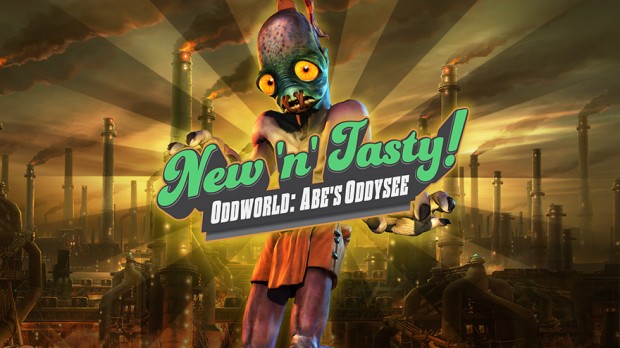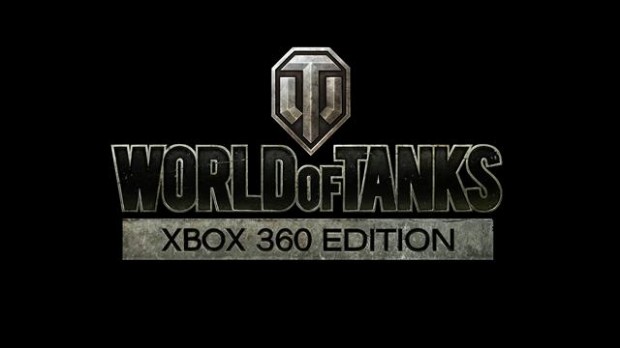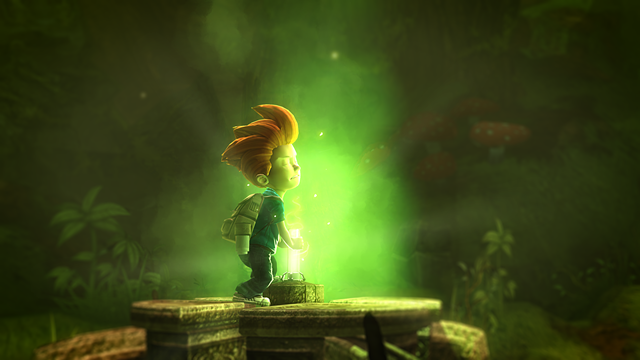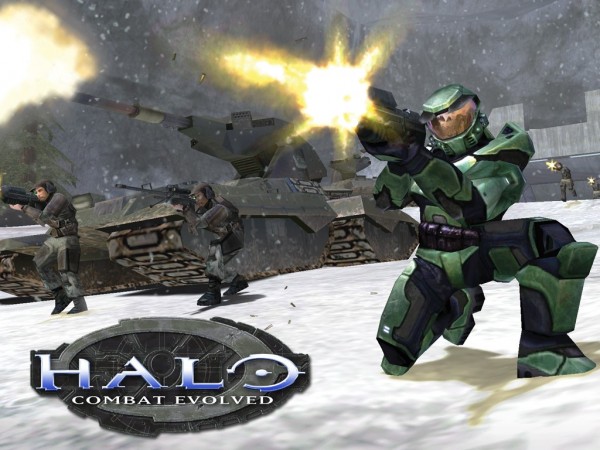Oddworld: New ‘n’ Tasty review (Xbox One)
Oddworld: New ‘n’ Tasty was developed by Just Add Water and published by Oddworld Inhabitants. It was released on March 27, 2015 for $19.99. A copy was provided for review purposes.
It’s a funny thing, nostalgia. Only last week I was preparing to write my review of the excellent Shiftlings and likening it to the original PlayStation One Abe’s Oddysee and now, here I am, reviewing the actual remake of that very same game. Unbelievably, the existence and imminent release of Oddworld: New ‘n’ Tasty had completely bypassed me up until last week, so it’s been especially satisfying to experience it alongside a modern peer.
The good news is that because New ‘n’ Tasty is a ground-up remake of the 1997 PlayStation original, it looks absolutely fantastic running on next gen hardware. More importantly, it retains the clumsy, deliberate weight that epitomises the games titular character, Abe, and adds so much to the way that the game plays. People often say that you should be careful what you wish for, so let’s find out if New ‘n’ Tasty lives up to both the expectation set by the original, and the demands of an increasingly picky modern audience.
Xbox One hits 5 million consoles sold to retailers worldwide
In the month of March, Microsoft sold approximately 311,000 Xbox One consoles, and reported selling 5 million consoles to retailers worldwide since launch. Though specific numbers were not released, …
Read More
World of Tanks update 1.1 rolls out
This week brings great news for fans of the excellent World of Tanks: Xbox 360 Edition, which we awarded a definitive Buy It! award in our recent review. Developer …
Read More
World of Tanks: Xbox 360 Edition review (XBLA)
World of Tanks: Xbox 360 Edition was developed by Wargaming.net and published by Microsoft Studios. It was released on February 12, 2014 following an initial beta release and is free-to-play. Additional in-game resources were provided for review purposes.
A low sun sets over an open field marked by hedges in autumnal colours of yellow, orange and red. The ground is marked only by the brown furrows of a farmer’s plough and the occasional tuft of unkempt grass. A boggy lake glistens to the left, and the only sound – aside from silence – is that of crickets calling out from the reeds. Suddenly, a red diamond appears on your mini-map. A German light tank speeds across the field, and the shots of your comrades begin to ring out as each takes aim and fires. You lead the target by a few metres and make a final adjustment to the height of your shot. You fire. The German tank explodes in a shower of hot metal. Welcome to World of Tanks: Xbox 360 Edition. Read More
World of Tanks: Xbox 360 Edition beta blitzkrieg continues
World of Tanks: Xbox 360 Edition continues its ground assault on Xbox Live Arcade, allowing players who had previously registered, and were accepted, to wage online armored stress-test warfare. …
Read More
Max: Curse of the Brotherhood preview: Imagining a world without miniguns
Max is your typical late-80s/early-90s video game or cartoon hero. He’s an adventurous young boy, colorfully drawn to life with a an oversized golden mane and a t-shirt that bearing a prominent reminder of the letter his first name begins with. He lives in a picturesque home in a neighborhood that is presumably full of residents who don’t know the meaning of the words “overcast” and “precipitation.” At the start of his adventure, a monster arm that’s more adorable than scary reaches out of his closet and nabs the little brother whom Max had just been fighting with. This event signals the beginning of an adventure that will see Max running through bright and varied environments and jumping over obstacles in his path.
But this isn’t the late ’80s. Nor is it the early ’90s. This is 2013. And in 2013, game and cartoon characters have guns. Usually big guns. Take, for example, one of XBLA’s most recent releases, Far Cry 3: Blood Dragon. Ubisoft’s ’80s love letter sealed with the blood of the titular dragons went so far as to give the player a minigun. Max: The Curse of the Brotherhood, however, does nothing of the sort.
“One of the things that is very appealing about this game is that Max isn’t armed with a minigun or a samurai sword, but he has this ability to control different kinds of materials that are in themselves not very dangerous,” says Mikkel Thorsted, studio director of Press Play, the developer behind Curse of the Brotherhood. “Basically he is armed with his imagination and wit, so basically when you encounter danger you have to outsmart the villainous henchmen. You have to outsmart them and lure them away, and stuff like that.”
Weeknd Rant: Why I don’t want another Xbox
Microsoft’s first foray into the video game business was a risky and expensive maneuver. Despite having Halo as a stellar launch title and hardware capable of feats its competition couldn’t possibly produce, the original Xbox failed to maintain the flash and evolution of its distant brother: the Xbox 360–which is nearly celebrating its 7th anniversary on the market.
Console generations generally don’t exceed the pre-determined life expectancy predicted by its creators, but sometimes an unexpected boom of success prompts the decision makers to reconsider. Last November, Microsoft sold 1.7 million Xbox 360 consoles in the U.S., defeating Nintendo’s Wii and 3DS consoles by a large margin. Profit incites investors, potentially explaining why Microsoft has yet to formally announce a successor to its commercial darling. The last thing Microsoft wants to do is create competition for its own product.
Former Lionhead devs set up Another Place Productions
Dene and Simon Carter, who previously worked under the Lionhead Studios banner, have formed a new studio known as Another Place Productions. The duo parted ways with Lionhead …
Read More
Just Add Water seeking publisher for Oddworld: Stranger’s Wrath HD on Xbox 360
We documented the story of Microsoft’s refusal to release Oddworld: Stranger’s Wrath HD on XBLA fairly well in our most wanted feature back in September. Since then, the game …
Read More




